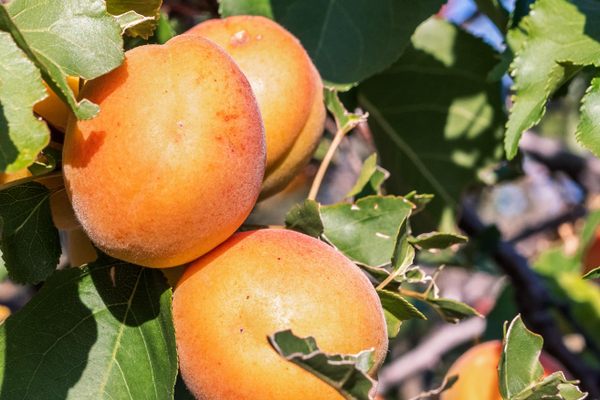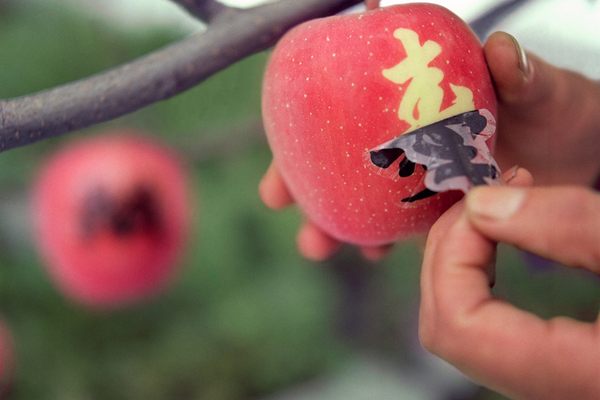There is little as satisfying as the pop! of a bottle of banta bursting open on a hot Delhi day. As the banta wala, or banta seller, pushes the marble top into the glass bottle, the seal breaks with a rush of carbonation, releasing a lemon-scented mist. The now-submerged marble clinks happily against the bottle as the banta wala pours the effervescent soda into a fingerprint-smudged glass tumbler and mixes it with salt, crushed ice, and sometimes fresh lemon, masala (a spice mix), and mint. The bubbles hit your tongue before the first drop of liquid: springy, like fresh air in a cup.
With the exception of Japan, the rest of the world has left the Victorian technology of “Codd-neck bottles,” glass soda bottles stopped with a marble, behind. But in India—and particularly its National Capital Region of Delhi—banta won’t quit. The love partly stems from the subcontinent’s broader affection for masala sodas, sweet-salty carbonated beverages flavored with a mix of spices, including cumin, black pepper, ginger, and black salt. While some Western palates may shy away, salty-sweet fizzy drinks are popular across the Middle East and South Asia, often in the form of yogurt beverages such as South Asian namkeen lassi, Turkish ayran, and Persian doogh. Banta is a carbonated version of nimbu paani or shikanji, the salty-sweet lemonade South Asians drink like water during the subcontinent’s scorching summers. The combination isn’t just delicious: It helps replace electrolytes lost through sweat.
As compared to other masala sodas such as Thums Up, an Indian brand Coca-Cola acquired in 1993, banta remains a local enterprise. While there’s little data on this largely informal market, there are likely hundreds of one-room banta makers throughout Delhi. Most of them acquire the signature Codd-neck bottles from the Delhi-based Kandelwal Glassworks and distribute to independent roadside and marketplace stalls. The secret to that lemony flavor: the artificial flavoring agent Lemon N. 1, though the drink also gets a tart hit from the real lemon the banta wala squeezes on top.
While foreign companies have killed off countless desi or homegrown masala soda makers since Indian markets opened to multinational corporations in the early ’90s, stalwart banta is here to stay. “What’s more refreshing (and inexpensive) on a hot summer day, I ask you?” legendary Old Delhi banta seller Chand Behari told Livemint. Behari’s family has been selling lemon drinks in the Chandni Chowk neighborhood since 1870. He says that at one point, the British colonial government banned Codd bottles because Indian nationalists were using them as makeshift Molotov cocktails. While that legend may be apocryphal, the carbonation-filled bottles do have a reputation for being used as weapons by street gangs. Either way, the lemony beverage’s mystique is well deserved. Colas may come and go, but banta will continue giving foreign brands a run for their money.
Where to Try It
-
Pandit Ved Prakash Lemon Wale
Opposite Town Hall, Chandni Chowk, New Delhi, Delhi, 110006, IndiaAsk any rickshaw driver or local shopkeeper for Pandit Ved Prakash Lemon Wale, and they'll surely point you in the right direction.
Written By
 Reina Gattuso
Reina Gattuso
Sources
- navbharattimes.indiatimes.com/metro/delhi/other-news/there-now-remained-divided-favorite-soda-drink/articleshow/16812687.cms
- www.binjalsvegkitchen.com/nimbu-masala-soda/
- www.scoopwhoop.com/entertainment/banta-is-awesome/#.ay9tk4bek
- economictimes.indiatimes.com/slideshows/spending-lifestyle/banta-why-the-street-drink-is-still-popular-in-delhi/slideshow/20857567.cms
- www.thehindu.com/features/metroplus/Food/banter-about-banta/article4633753.ece
- www.coddbottleindia.com/about-us.html
- www.livemint.com/Leisure/ltG28LhAkLveUaltMmMasL/Pop-culture.html
- www.thequint.com/news/india/tamil-nadus-goli-soda-banta-is-good-for-nostalgia-not-so-much-to-drink-coke-pepsi-ban-bovonto
- www.goaprism.com/the-story-of-pop-soda-bottle-or-guddechi-baatli/#.XGbr3i2ZNAZ
- www.itsgoa.com/goti-soda-back-goa-now-new-avatar/


















